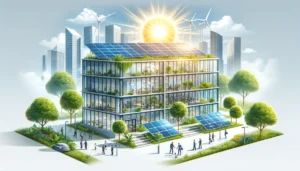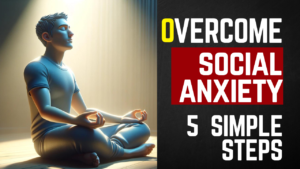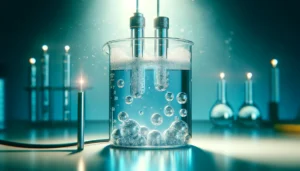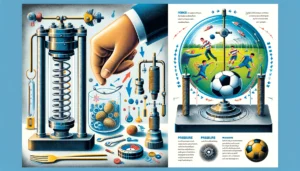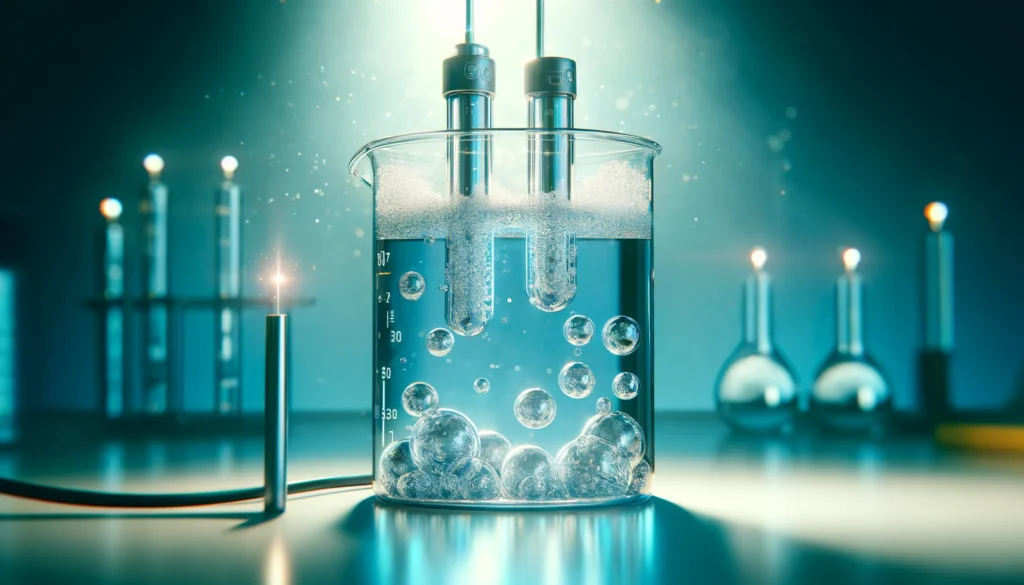We see fire every day. From the cozy flames of a campfire to the powerful engines of cars, fire makes many things possible. But have you ever wondered how fire works? Let’s dive into the science of combustion and flame!
What is Combustion?
Combustion is a special chemical reaction where a fuel combines with oxygen to produce heat and light. Think of it like a super-fast dance party between different molecules! To make combustion happen, you need three key ingredients:
- Fuel: This is the substance that burns. Wood, gasoline, cooking oil, and even the wax in a candle are all fuels.
- Oxygen: We all need oxygen to breathe, and fire does too! Oxygen in the air is what reacts with the fuel.
- Heat: You need a spark of heat to get the combustion party started. A match, a lighter, or even a magnifying glass focusing sunlight can provide this initial heat.
These three things – fuel, oxygen, and heat – are called the “Fire Triangle.” If you remove any one of them, the fire will go out!
The Science Behind the Flame
A flame isn’t just hot air. It’s the glowing, visible part of the combustion reaction. Let’s peek inside a candle flame to see what’s happening:
- The Zones of a Flame: A flame has different zones with different colors and temperatures.
- The dark inner zone has unburned fuel.
- The middle zone is where partial combustion happens, and it glows yellow.
- The hottest part is the outer zone, often with a bluish tint, where complete combustion happens.
- Complete vs. Incomplete Combustion:
- Complete combustion: Happens with enough oxygen, producing mainly water and carbon dioxide. This releases lots of energy.
- Incomplete combustion: Happens when there’s not enough oxygen. It produces soot (those black bits of smoke), carbon monoxide, and less energy.
Why Do We Care About Combustion?
- Powering Our World: We burn fuels like coal, natural gas, and gasoline to produce energy. This powers our homes, cities, and machines!
- Fire Safety: Understanding combustion helps us prevent fires. Remember the fire triangle! If we take away the fuel, the oxygen, or the heat, we can stop a fire. That’s how fire extinguishers work.
Cool Combustion Experiments
- Floating Flame Trick: Put a birthday candle in a shallow dish of water and light it. Cover the candle with a glass cup. The flame will slowly go out, and the water level inside the glass will rise! Why? Because combustion used up some of the oxygen, creating a lower pressure area and the water gets sucked up!
- Steel Wool Surprise If you hold fine steel wool over a flame (safely!) it will burn brightly, producing lots of sparks. Metals can burn too!
Conclusion
So, the next time you see a flame, remember it’s more than just pretty light:
- Combustion is a chemical reaction between fuel and oxygen, needing heat to start.
- A flame is made of different zones where the burning happens.
- Combustion is important for energy and understanding fire safety.
Now that you know the secrets of fire, maybe you’ll think differently about lighting a candle or sitting by a bonfire!


